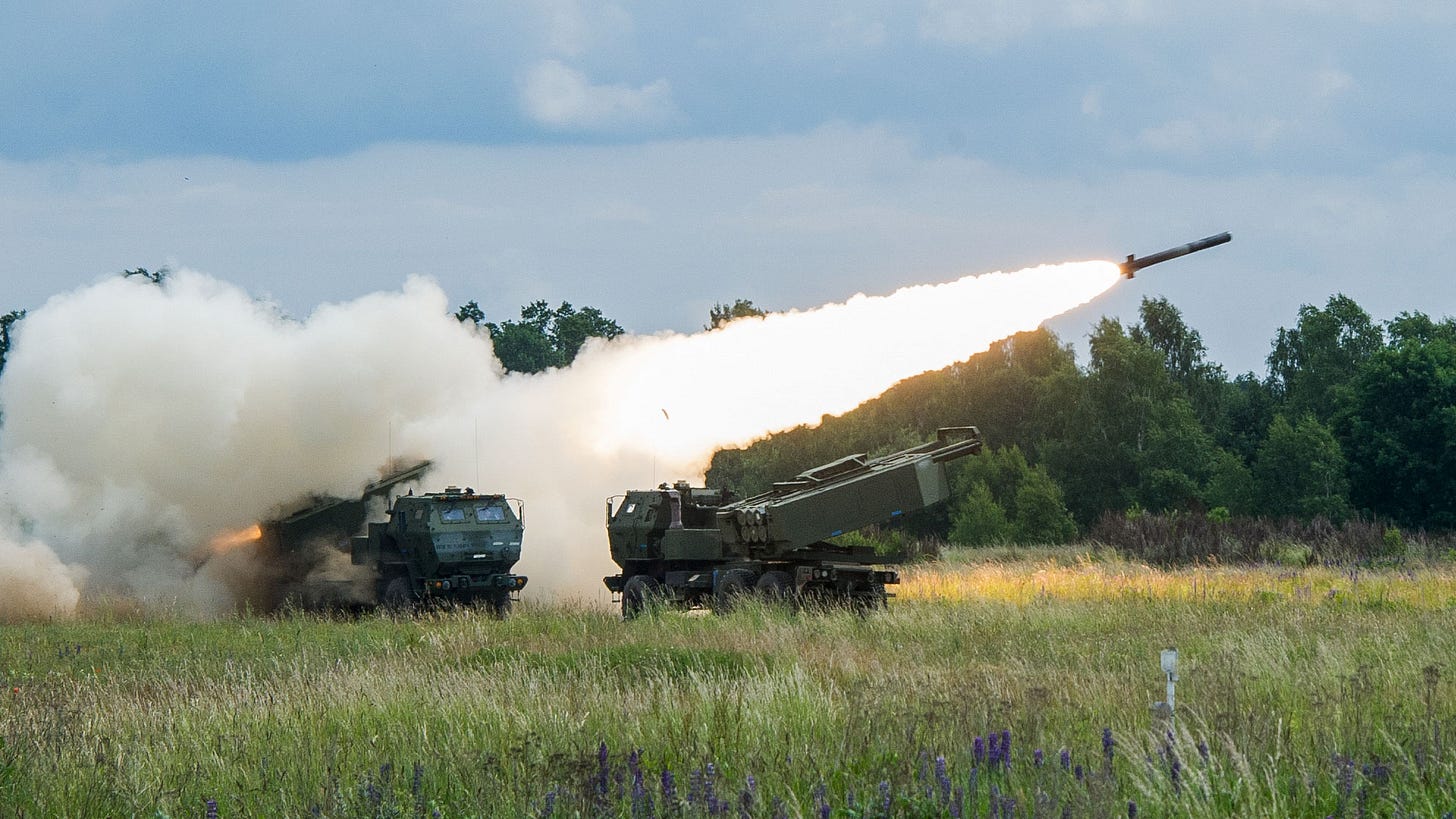Weapons Designed and Built to Defeat Russian Armies are, You Know, Defeating Russian Armies
A historical perspective on the war in Ukraine
Which World War wore it better? Journalists reporting from eastern Ukraine in recent weeks described static defense and high casualties from indirect fire, drawing comparisons to the First World War. Now the pre-withdrawal looting has begun in Kherson; a major defeat for Russian arms looms in the southern center of the country, moving at comparative bre…
Keep reading with a 7-day free trial
Subscribe to Polemology Positions to keep reading this post and get 7 days of free access to the full post archives.


